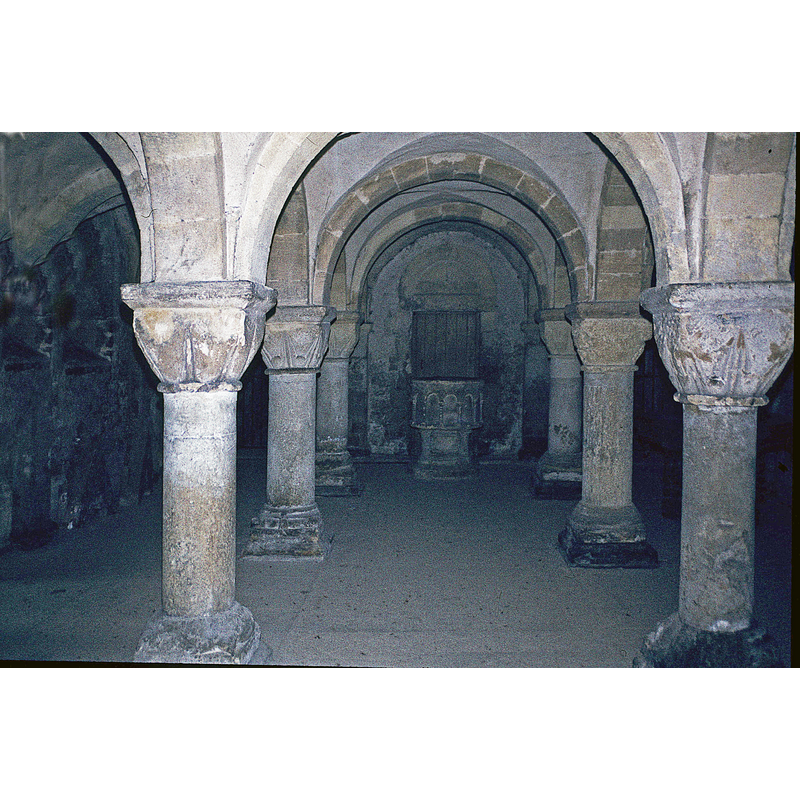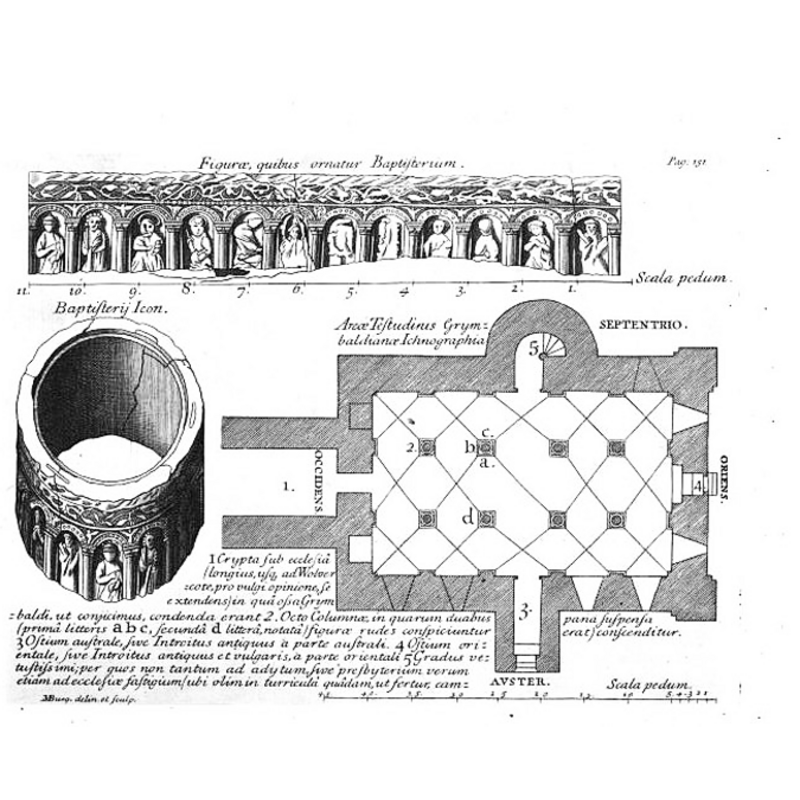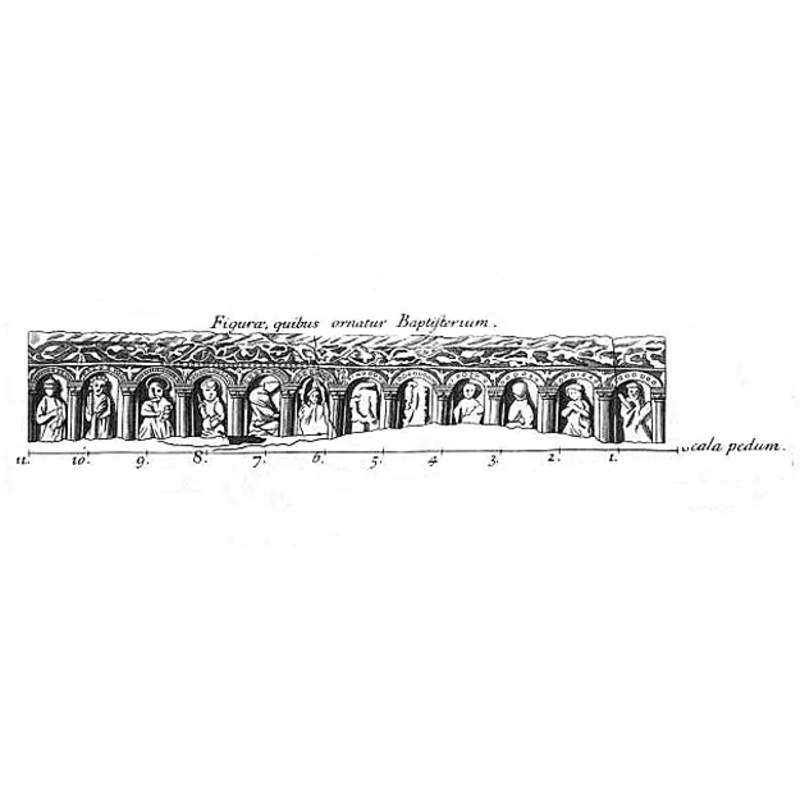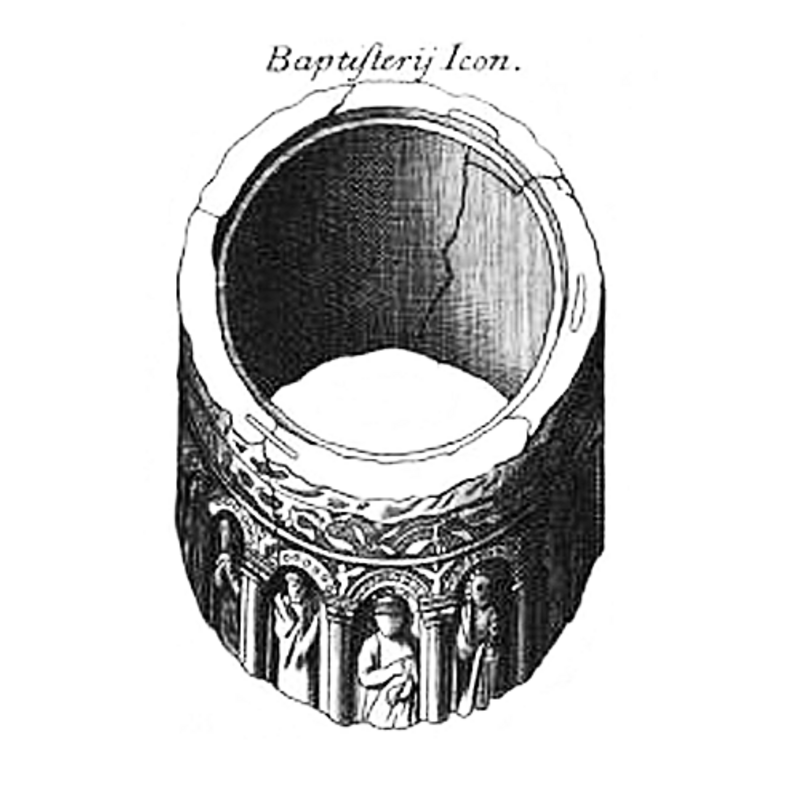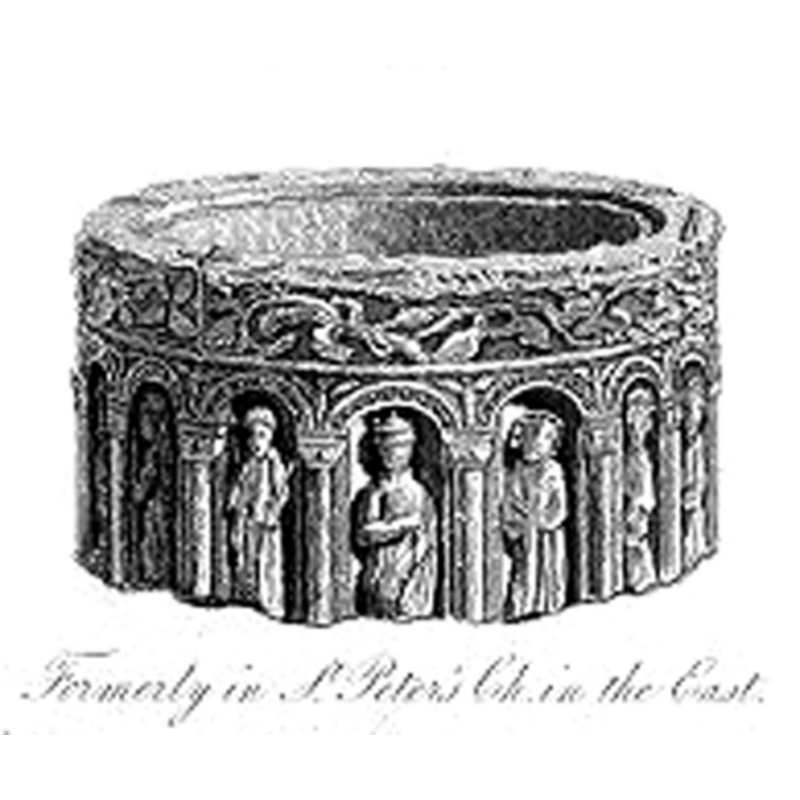Oxford No. 5 / Oxeneford
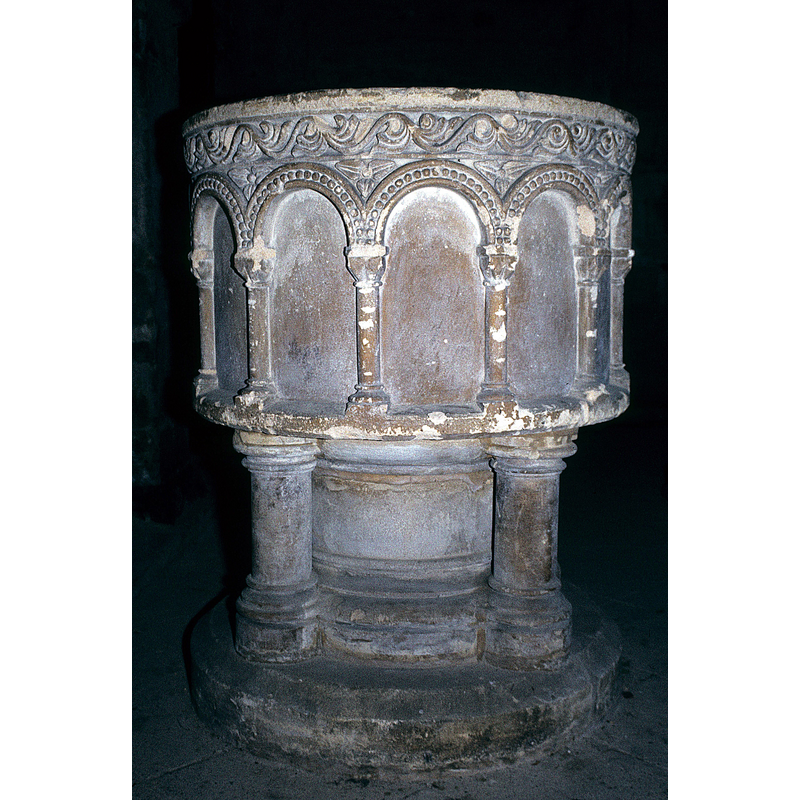
Image copyright © Timothy Marlow, 2015
Image and permission received (letter of 26 October 2013)
Results: 17 records
Apostle or saint - Apostles - 12
Scene Description: [cf. Font notes]
Copyright Statement: Image copyright © antiqueprints.com, 2008
Image Source: detail of "Fonts &c. in Oxford" drawn by F.Mackenzie, engraved by J.Skelton and published by Skelton in 1821 [http://www.antiqueprints.com/proddetail.php?prod=d6332] [accessed 28 November 2008]
Copyright Instructions: Reproduced here under conditions in http://www.antiqueprints.com/image-use.html [accessed 28 November 2008]
design element - architectural - arcade - round arches - 12
Scene Description: [cf. Font notes]
Copyright Statement: Image copyright © antiqueprints.com, 2008
Image Source: detail of "Fonts &c. in Oxford" drawn by F.Mackenzie, engraved by J.Skelton and published by Skelton in 1821 [http://www.antiqueprints.com/proddetail.php?prod=d6332] [accessed 28 November 2008]
Copyright Instructions: Reproduced here under conditions in http://www.antiqueprints.com/image-use.html [accessed 28 November 2008]
design element - motifs
Scene Description: a variety of motifs or symbols; could include some animals -- [cf. Font notes]
Copyright Statement: Image copyright © antiqueprints.com, 2008
Image Source: detail of "Fonts &c. in Oxford" drawn by F.Mackenzie, engraved by J.Skelton and published by Skelton in 1821 [http://www.antiqueprints.com/proddetail.php?prod=d6332] [accessed 28 November 2008]
Copyright Instructions: Reproduced here under conditions in http://www.antiqueprints.com/image-use.html [accessed 28 November 2008]
design element - motifs - floral or foliage
Scene Description: all around the upper basin side
Copyright Statement: Image copyright © antiqueprints.com, 2008
Image Source: detail of "Fonts &c. in Oxford" drawn by F.Mackenzie, engraved by J.Skelton and published by Skelton in 1821 [http://www.antiqueprints.com/proddetail.php?prod=d6332] [accessed 28 November 2008]
Copyright Instructions: Reproduced here under conditions in http://www.antiqueprints.com/image-use.html [accessed 28 November 2008]
view of church exterior - churchyard, cemetery
view of church exterior - crypt - entrance
view of church exterior - information sign
view of church exterior - south door
view of church exterior - south view
view of church exterior - tower
view of church interior - crypt
view of church interior - plan
view of font
view of font
view of font
view of font - fragment
Copyright Statement: Image copyright © antiqueprints.com, 2008
Image Source: detail of "Fonts &c. in Oxford" drawn by F.Mackenzie, engraved by J.Skelton and published by Skelton in 1821 [http://www.antiqueprints.com/proddetail.php?prod=d6332] [accessed 28 November 2008]
Copyright Instructions: Reproduced here under conditions in http://www.antiqueprints.com/image-use.html [accessed 28 November 2008]
view of pictorial program
Copyright Statement: Image copyright © antiqueprints.com, 2008
Image Source: detail of "Fonts &c. in Oxford" drawn by F.Mackenzie, engraved by J.Skelton and published by Skelton in 1821 [http://www.antiqueprints.com/proddetail.php?prod=d6332] [accessed 28 November 2008]
Copyright Instructions: Reproduced here under conditions in http://www.antiqueprints.com/image-use.html [accessed 28 November 2008]
INFORMATION
FontID: 11494OXF
Object Type: Baptismal Font1 (fragment)?
Church/Chapel: Church of St. Peter in the East [deconsecrated and used as St Edmund Hall Library]
Church Patron Saints: St. Peter ad vincula
Church Location: St. Edmund Hall, Queen's Lane, Oxford OX1 4AR
Country Name: England
Location: Oxfordshire, South East
Directions to Site: The old church is located on Queen's Lane, near the ancient E gate of the city, with access off High St.
Ecclesiastic Region: Diocese of Oxford
Historical Region: Hundred of Headington
Font Location in Church: Reported in the churchyard ca. 1792 [the crypt is known as 'Grymbald's Crypt']
Date: ca. 1130-1140?
Century and Period: 12th century (early?), Norman
Cognate Fonts: the lost (?) font at Newminster Abbey, Northumberland? [cf. FontNotes]
Credit and Acknowledgements: We are grateful to Timothy Marlow for his photographs of the crypt and 19thC font; to Gerald Hegarty, chaplain of St. Edmund's Hall, for his help in providing access to the crypt; to Steve Bartrick Antique Prints & Maps [www.antiqueprints.com] for their image of this font fragment
Church Notes: church first recorded 1086 but probably originally 10thC; The church is now the library for St. Edmund Hall/College, but the crypt is not part of the library
Font Notes:
Click to view
There are thirteen entries for Oxford [variant spelling] in the Domesday survey [http://opendomesday.org/place/SP5106/oxford/] [accessed 9 November 2016], two of which mention a church in each. Gibson (1848.) notes: "Mr. Grose, shortly before 1775, found at the site of Newminster a very antient font, one belonging to the abbey church of S. Mary there, resembling the antient Norman font of S. Peter in the East, Oxford. At the time when Mr. Grose saw this relic, it was thrown into the road." Gibson's text is footnoted: "A print of the extremely antient font at S. Peter's at Oxford, is given in the 1st vol. of 'Lelland's Collectanea', edit. Of 1770, p. 29. The figures of the twelve Apostles are sculptured in niches beneath an arcade which surrounds it. See a notice of the discovery of the Newminster font, by Mr. Grose, in Gent. Mag. Vol. xlv, p. 13." [NB: we have not been able to located Grose's text in vol. xlv of The Gentleman's Magazine]. Gough (1792) writes: "The font at St. Peter's in Oxford, now removed into the churchyard, has the Twelve Apostles, and Hearne [...] supposed it to be coeval with that at Winchester" [i.e., 12th century]. The old font is illustrated in Theobald (1792) [NB: Theobald's article was read to the Society of Antiquaries of London in 1755], who gives the date of foundation of this church as 886 AD, after Asserius Menevensis [NB: John Asser, or, Asserius Menevensis, a Welsh monk from Menevia, in Pembrokeshire; author of a life of King Alfred, of 893, although there are doubts about his life and work among the academic community]. Storer (1807-1811) notes: "There was fornerly, within the Church, a most curious rotund font, representing, in stalls under circular arches, the Twelve Apostles: this was many years since conveyed away by an ignorant and sacrilegious churchwarden, and placed over a well on the north side of the Church; but the well has been long stopped up, and the font destroyed. The present font is not inelegantly carved, and represents the Forbidden Tree, supported by Adam and Eve". A fragment of the basin is illustrated in Skelton (1821); it shows the upper half of a cylindrical basin decorated on its side with a band of foliage all around; below is is an arcade of twelve round arches with a standing figure [apostle or saint?] in each; the spandrels of the arcade are inhabited with a variety of motifs and/or symbols; there may be some animals as well; the arches of the arcade appear to be decorated with bead or ball motif, and they rest on well-formed captals; the colums probably rested on bases, but that part of the basin is missing. Neale (1825) notes two objects in the parch: on one side "the remains of a Benetier, or vessel for holy water", and, "on the other side, in a window, is the fragment of an antique font, which was dug-out from the Church-yard. It is of curious and very ancient workmanship, and once contained in bold relief the figures of the Twelve Apostles. The present font is carved of wood, and represents Adam and Eve at the foot of the forbidden tree, in the centre of which is the vessel for the consecrated water, the cover being curiously formed by the foliage" [cf. Index entry for Parham House for this wooden font]. Noted in Tymms (1834). Gardner's Gazetteer of 1852 [www.historicaldirectories.org/hd/d.asp] [accessed 30 June 2007] reports the old font and a new 19th-century replacement: "The font was executed in 1835, from a design of Mr. Blore, when the church was in a great degree re-seated and re-arranged. A fragment of the ancient font is placed in the west window of the porch. It was perhaps the oldest in Oxford, and was a polygon, measuring twelve feet in circumference, having on its sides, in relief, in stalls or niches, the twelve apostles." Tyack (1899) writes of "an ancient oval" font at "S. Peter's, Oxford". Sherwood and Pevsner (1974) note: "Font. Fragments of a large circular Norman font, the original appearance of it is known. It shows mainly vertical zigzag now, but it had twelve figures under arches (S porch)". The Victoria County History (Oxford, vol. 4, 1979) notes: "The church was first recorded in 1086 when it was held by Robert d'Oilly, [...] but archaeological evidence [...] and the fact that St. Peter's was the mother church of both Holywell and Wolvercote [...] suggest that it was an early, probably 10th-century, foundation. [...] Traces of the footings and floors of an Anglo-Saxon church or churches have been found. [...] St. Peter's was closed in 1965 and converted into a library for St. Edmund Hall. The 12th-century font, carved with figures of the 12 apostles under canopies, [...] was replaced before 1807 by a carved wooden one, attributed to Grinling Gibbons, representing the forbidden tree with Adam and Eve at its base. [...] That font was replaced by a plain stone one before 1843. Part of the 12th-century font was found in 1894 and returned to the church." On-site notes: visited the college and church on 9 November 2006 [only exterior photos taken] -- crypt inaccessible due to repairs, but a font reported inside. Visited again on 5 April 2008 [no photos taken]: the font inside the crypt, in the west end of the nave, appears to be the 19th-century one mentioned in Gardner's Gazetteer of 1852 [cf. supra]; it consists of a cylindrical basin raised on a central shaft and four detached colonnettes; the basin sides have a running band of foliage motif around the upper side; and a blind arcade of round arches -with beaded tape- below, the spandrels filled with trefoil leaves; the columns of the arcade have carved capitals and moulded bases; the colonnettes of the base have moulded caps and bases; the inner well of the basin is lead-lined and appears to have had [now blocked] a central drain hole. We could find no remains of the original font, nor did anyone at the Hall have any knowledge of such remains [but there are two locked cells in the western end of the crypt, behind the font, that contain old stones and other old remnants [NB: in this regard, a letter signed "A.D.T., Merton College", in the 7 November 1863 issue of Notes and Queries (p. 383), informs that the crypt "has been explored by the Oxford Architectural Society, who came to the conclusion that there were two side passages leading from the crypt to the west, and the staircases were found leading up into the two aisles" -- these would be the two locked 'cells' we noted with the old furniture and stone remnants -- the former church houses the Hall's Library now]. [NB: Parker (1850) mentions a Norman stoup at St. Peter's, Oxford, but does not specify which St. Peter's he refers to]
COORDINATES
Church Latitude & Longitude Decimal: 51.7535, -1.2501
Church Latitude & Longitude DMS: 51° 45′ 12.6″ N, 1° 15′ 0.36″ W
UTM: 30U 620786 5735071
MEDIUM AND MEASUREMENTS
Material: stone
Font Shape: cylindrical
Basin Interior Shape: round
Basin Exterior Shape: round
REFERENCES
Victoria County History [online], University of London, 1993-. Accessed: 2015-02-16 00:00:00. URL: https://www.british-history.ac.uk.
Gardner, Robert, History, gazetteer and directory of the County of Oxford, comprising [...], Peterborough: Printed and published by Robert Gardner, 1852
Gibson, William Sidney, Descriptive and historical notices of some remarkable Northumbrian castles, churches, and antiquities: in a series of visits […] First series, London; Newcastle-upon-Tyne: William Pickering; Robert Robinson, 1848
Gough, Richard, "Description of the old font in the Church of East Meon, Hampshire, 1789: with some observations on fonts", X, Archaeologia, 1792, pp. 183-209; p. 188 and fn
Moule, Thomas, The English counties delineated; or, A topographical description of England [...], London: George Virtue, 1837 [vol. 2]
Neale, John Preston, Views of the most interesting collegiate and parochial churches in Great Briatin; including screens, fonts, monuments, &c. […] with historical and architectural descriptions [vol. II], London: Longman, Hurst, Rees, Orme, Brown and Green, and Sherwood, Jones, and Co., 1825
Parker, John Henry, A Glossary of Terms used in Grecian, Roman, Italian and Gothic Architecture, Oxford: J. H. Parker, 1850
Storer, James Sargant, The Antiquarian and Topographical cabinet; containing a series of elegant views of the most interesting objects of curiosity in Great Britain, London: Published for the proprietors by W. Clarke, 1807-1811
Theobald, James, "An Account of Saint Peter's Church in the East, Oxon, from an old MS.: A true Account of the Erection of Saint Peter's Church in the East, Ox~on [read April 10, 1755]", 1, Archaeologia, or, Miscelleaous tracts relating to antiquity, 1779, pp. 151-155; p. 151-155
Tyack, George Smith, Lore and legend of the English Church, London: W. Andrews, 1899
Tymms, Samuel, Family Topographer, being a compendious account of the antient and present state of the counties of England: vol. IV, Oxford circuit, London: Nichols & Son, 1834
![[cf. Font notes]](/static-50478a99ec6f36a15d6234548c59f63da52304e5/compressed/1081128009_compressed.png)
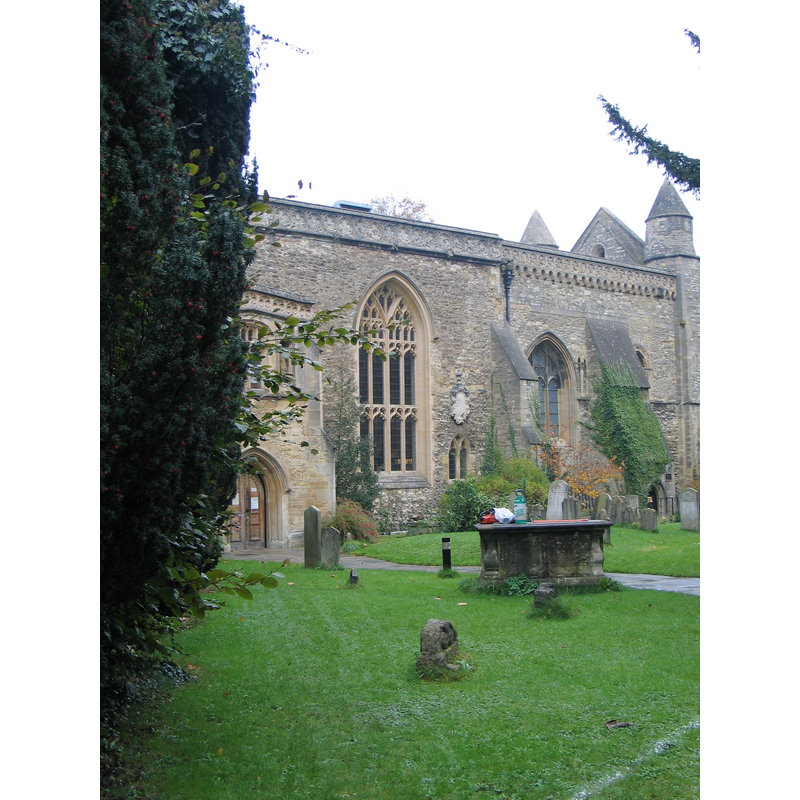
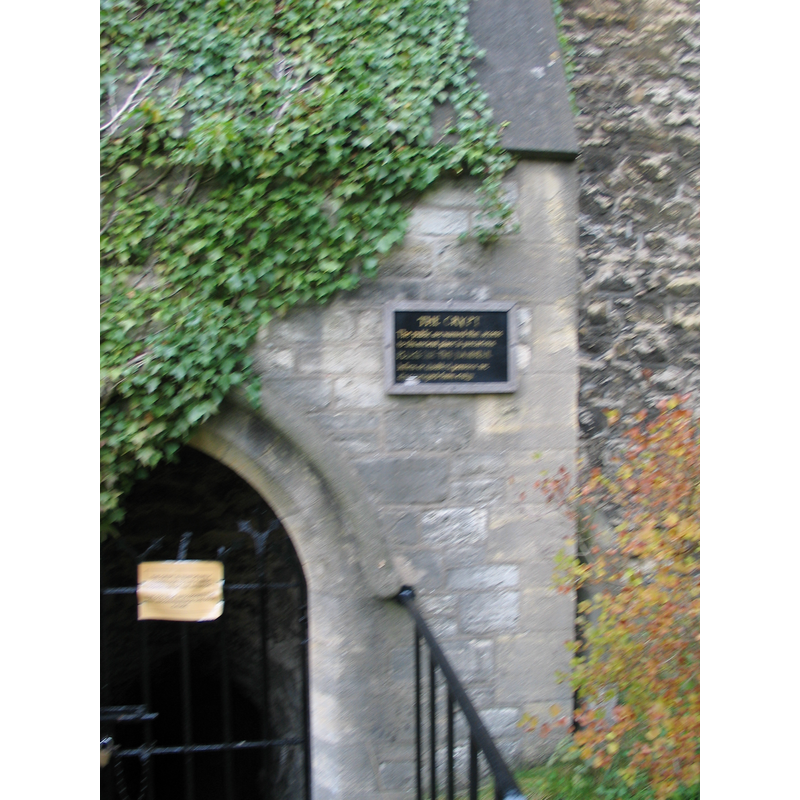
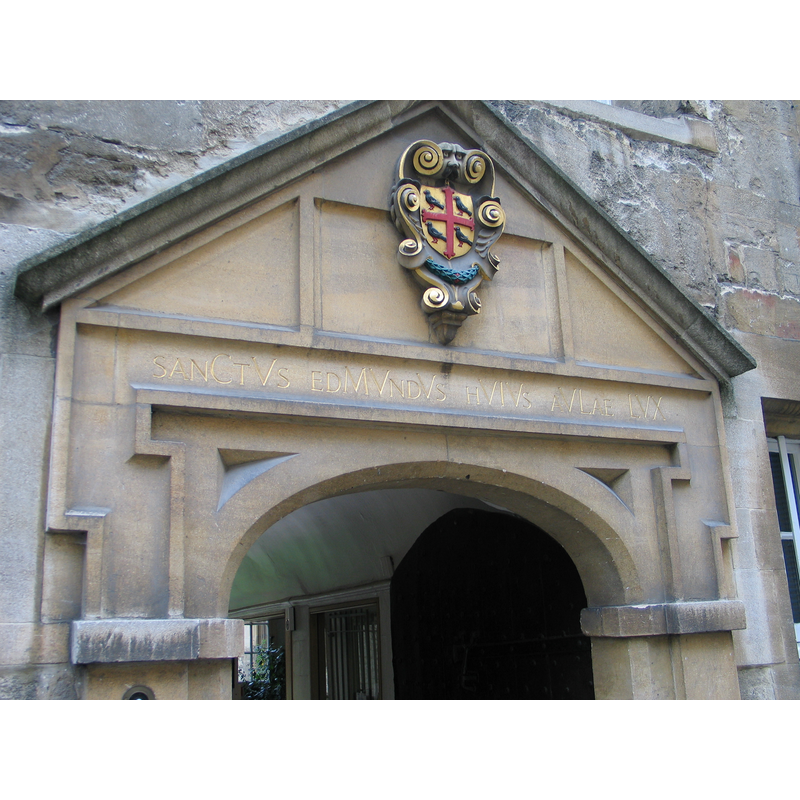
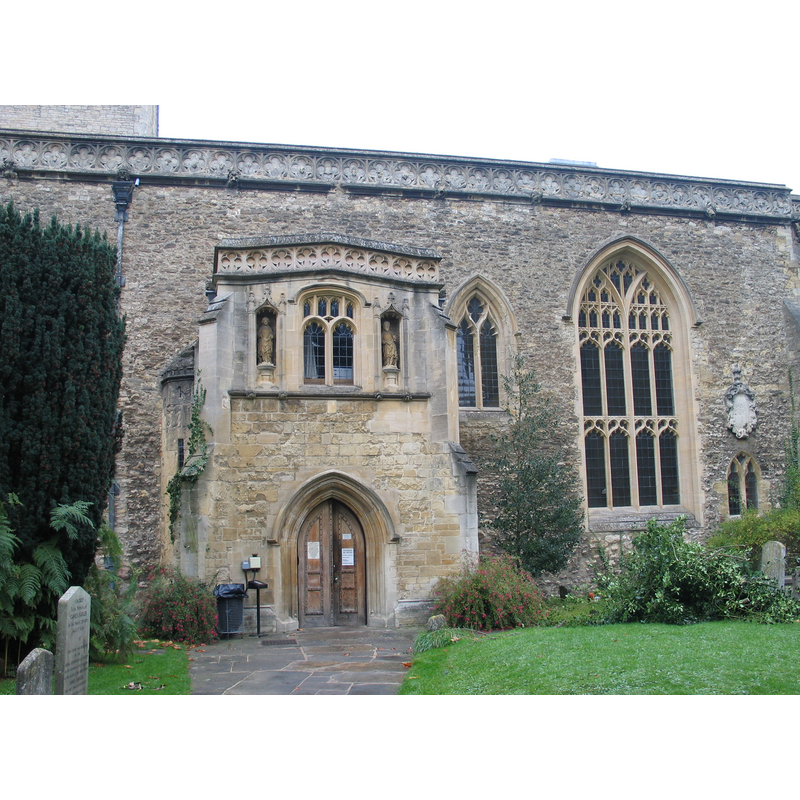
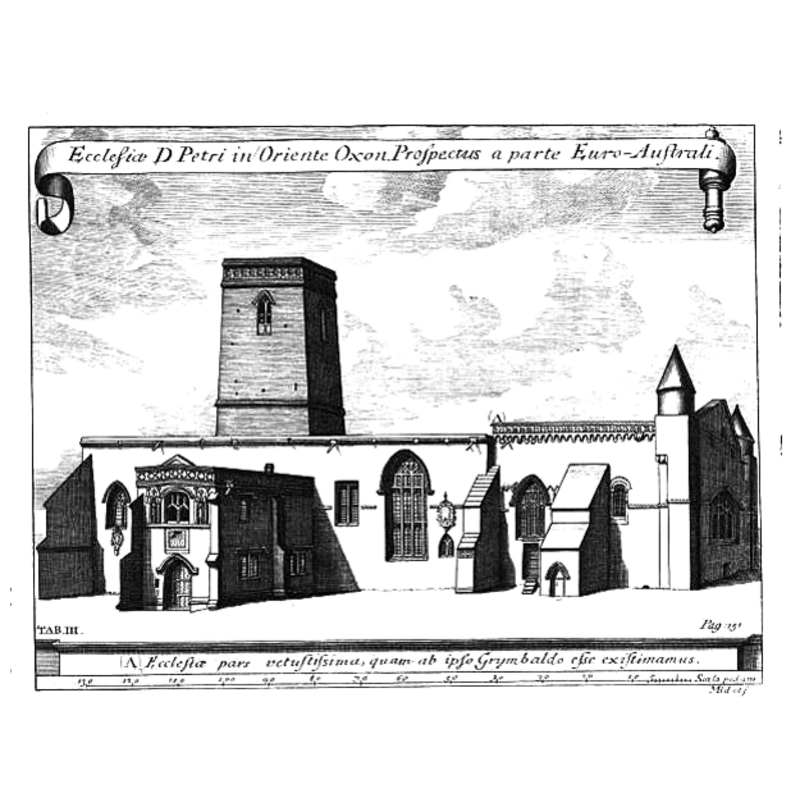
![The church is now [2006] the Library of St Edmund's Hall](/static-50478a99ec6f36a15d6234548c59f63da52304e5/compressed/1061111027_compressed.png)
